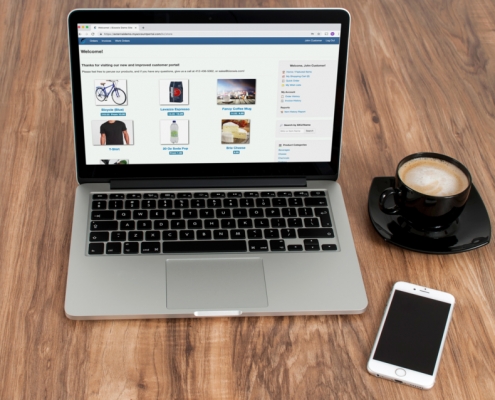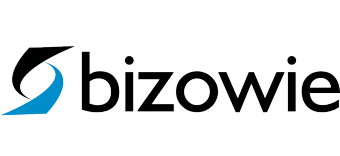4 Surprising Advantages of B2B Portals
 When we launched our B2B Customer Portal module, we knew it was uniquely positioned to deliver nearly immediate ROI to our customers. Providing customers with 24/7, mobile-friendly, self-service access to common tasks like placing orders, checking stock, paying invoices, and accessing marketing resources means you can increase customer satisfaction while decreasing your customer service team’s workload.
When we launched our B2B Customer Portal module, we knew it was uniquely positioned to deliver nearly immediate ROI to our customers. Providing customers with 24/7, mobile-friendly, self-service access to common tasks like placing orders, checking stock, paying invoices, and accessing marketing resources means you can increase customer satisfaction while decreasing your customer service team’s workload.
And a recent Microsoft study made it clear that millennial customers prefer to work with vendors that offer self-service offerings. Every year, more and more buyers view an online portal as a necessity.
But as our clients started to go live with the new module and give us feedback, we heard about a variety of other advantages of B2B self-service that we hadn’t expected. These are just a few of the more unique advantages our customers realized after going live with their customer portal.
Easier Adoption of New Opportunities
With the rise of multi-channel and omni-channel strategies, manufacturers and distributors need to stay agile to stay competitive. For many of our customers, this means taking on new opportunities to do business with smaller customers than they’d historically work with, drop ship for their customers, and provide other value-adds in the supply chain.
This can be difficult in an environment where margins are becoming thinner and thinner. Manual processes that may be sufficient for handling orders from high-volume customers are likely to be unprofitable when increasing order volume, especially if the average order size is decreasing.
Adoption of a B2B portal alongside a best-in-class ERP can make it simple to fully automate the majority of your order management process, ensuring that you aren’t losing valuable net income through manual paper processes.
Accelerated Cashflow via Online Payments
Customers with cashflow issues can cause a lot of headaches. Outstanding receivables from slow payers make it hard to forecast your own cashflow, and backed up invoices and credit holds mean you may be missing out on orders from steady customers who are facing a cash crunch.
An easy solution to accelerate cashflow can be to enable online payments in your B2B portal. While accepting payments via credit card comes at a cost from your payment processor, it can allow customers to make payments on credit, which can effectuate earlier payments. And customers who are embarrassed to admit their cashflow issues to your sales rep or customer service can log on anonymously and take care of invoice payments as they are able.
Tight integration with your ERP system means you can link customers’ payment terms and rules to their abilities in the portal, meaning that customers who haven’t been extended credit are required to pre-pay.
Expanded Upsell/Cross-Sell Potential
If you have customers who are constantly calling in orders or emailing purchase orders to your sales team, you may be leaving money on the table through missed up-sell and cross-sell opportunities. Customers who interact with you entirely via phone or email aren’t exposed to your up-to-date product catalog. And while your sales or customer service team may discuss other products with customers, a customer with a complete PO in front of them is less likely to add items to their order than one exposed to other products while the order is being put together.
A good B2B portal product can allow customers to see new and featured products at a glance and browse related products by category, ensuring that they don’t miss out on your latest and greatest product introductions.
Easier Management of Retail e-Commerce
When customers move to Bizowie from other ERP solutions, we often see cases where they’ve invested a lot of time and money in trying to turn their retail e-commerce system into a B2B portal. This type of hybrid approach can often be a good stop-gap when a B2B portal isn’t available, but it comes at an added cost.
Using your retail e-commerce system for B2B purposes adds major complexity in areas like:
- Pricing – Making sure B2B customers receive the appropriate price, and aren’t able to add retail coupon codes on top of their discount.
- Stock Availability – You may want to expose stock availability details to B2B customers, but not retail customers.
- Shipping Options & Costs – Retail customers will likely be asked to pre-pay for shipping, but B2B customers often are charged based on the actual shipping cost after-the-fact.
- Payment Methods – Wholesale customers who have been extended terms should be able to check out with a PO number, but retail customers should not! And you may not want B2B customers to pre-pay with a credit card if they’ll be billed for shipping after-the-fact.
While these aren’t insurmountable challenges in a good e-commerce product, it can make changes and upgrades to your e-commerce solution difficult. Why make it a challenge for your marketing team to quickly adapt your e-commerce site to a changing retail environment when you can split B2B into a beautiful, dedicated portal?

